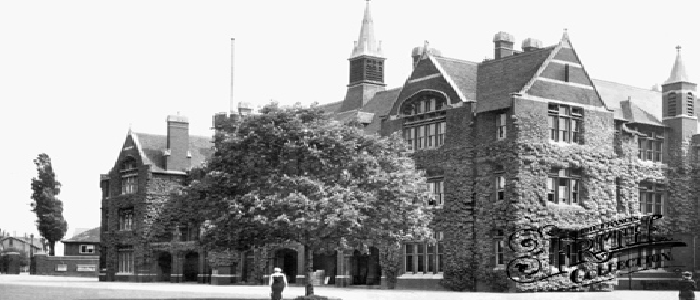The work below is an excellent effort from the start of our current year 9 work:
We use the coast for many things and also we go there for the pleasure of it all. We use it for energy e.g: big wind farms as it gets very windy at the coast and other reusable energy and also solar panels (for the sunnier places in the world). The subject I will be talking about today is a particular feature at the coast that people look at for pleasure and that is waves. Waves can hypnotise people for hours on end just watching the beauty of the waves breaking, crashing and the sounds they make and of course the surfing side of it. There is so much to talk about with waves and the details which I shall go into now.
We use the coast for many things and also we go there for the pleasure of it all. We use it for energy e.g: big wind farms as it gets very windy at the coast and other reusable energy and also solar panels (for the sunnier places in the world). The subject I will be talking about today is a particular feature at the coast that people look at for pleasure and that is waves. Waves can hypnotise people for hours on end just watching the beauty of the waves breaking, crashing and the sounds they make and of course the surfing side of it. There is so much to talk about with waves and the details which I shall go into now.
Waves
Waves are
created by friction of the wind when it’s blowing over the surface of the water
usually far out sea. The wave gets pushed into the direction of the wind
creating a swell which then creates the actual wave. The wave picks up so much energy
from the wind and the friction it causes that it’s at high speed out at sea until
it hits land or it just loses its energy because the wind might stop. A wave is
affected mostly by the strength of the wind and the longer it blows for. When
the wave starts getting close to land, the more shallow it gets, the wave
starts to slow down and the wave starts to curl like an arc (that’s the perfect
time for someone to catch a wave with a surfboard). There is so much more to
see under a wave than above as there’s a whole cycle. The whole wave is rotating
forwards like a spinning cylinder very fast. An ordinary wave is called a
constructive wave which is when it deposits sand and other materials to make
more land. Another kind of wave that can be caused is a destructive wave which
is caused by more powerful winds like storms out at sea. This means more friction is
caused by a more powerful wind meaning that the waves will be rougher. When the
wave hits land, it can be very tall and has a short wave length unlike constructive waves which have a long wave length. Destructive waves also have a very strong back
wash which erodes the beach. Some waves can get extremely big. The biggest wave
ever recorded was 1740ft
As you can
see the wave activity underneath.
By C Webber, yr 9
















No comments:
Post a Comment